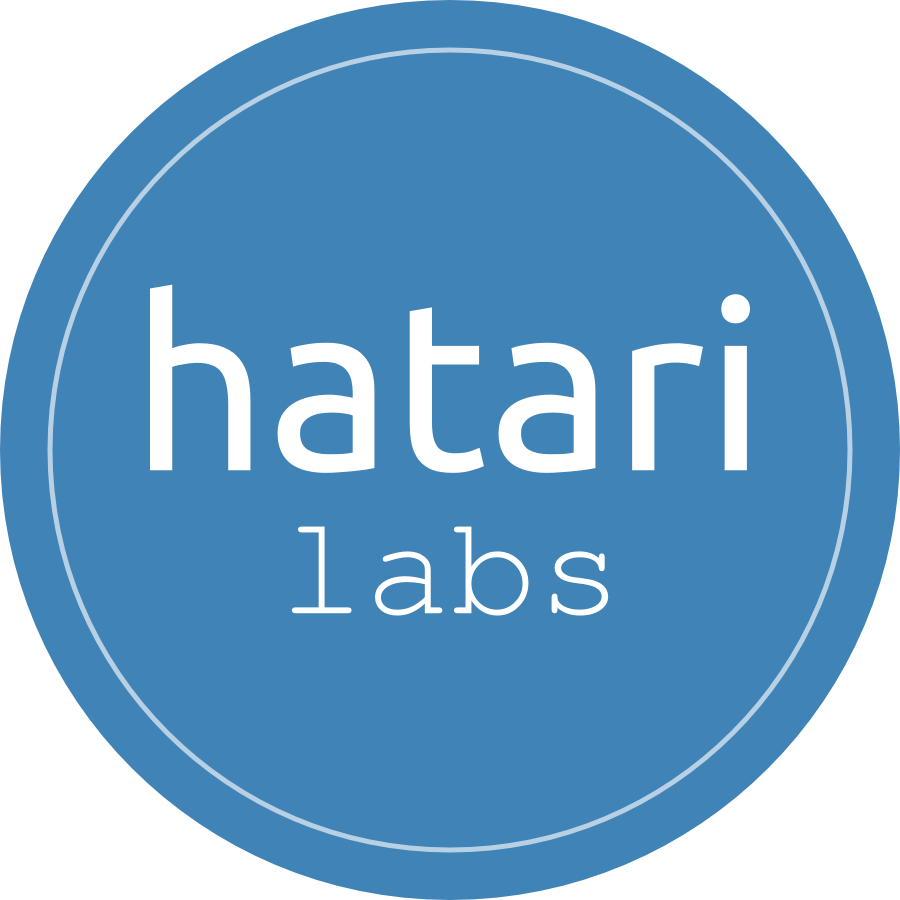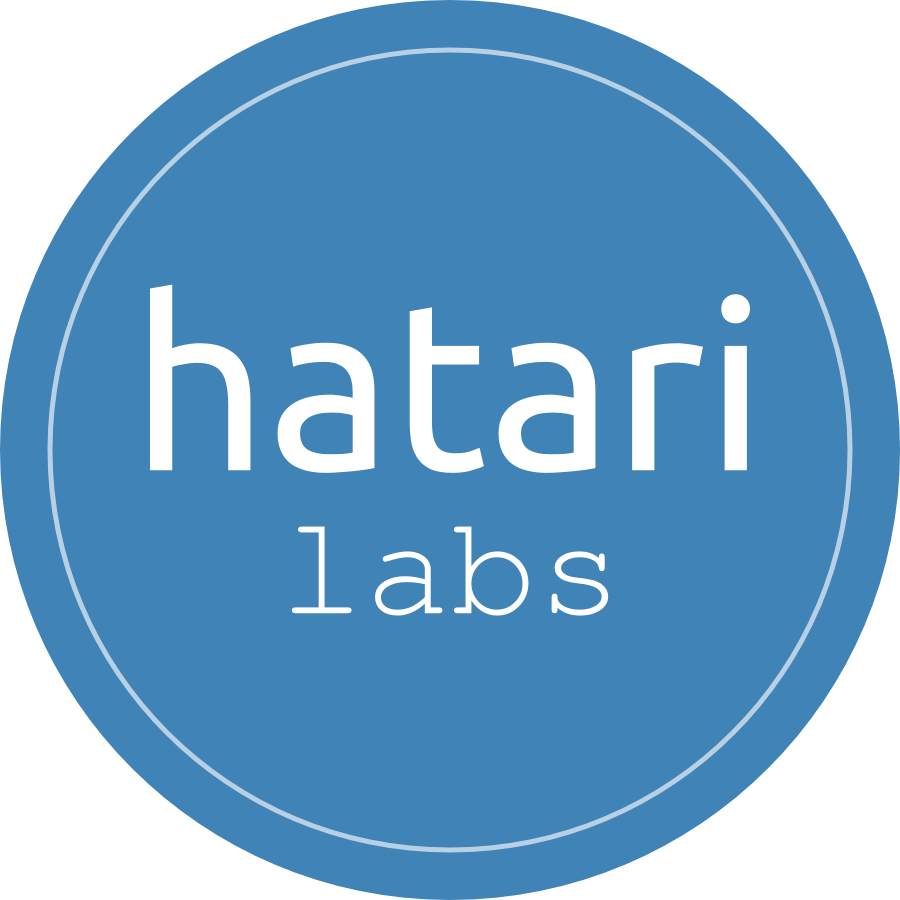A right assessment of the effluent mixing zone would require a baseline of sea currents, discharge flows, seawater and effluent density, bathymetry, waves, infraestructure geometry and a tool that can analyse the interaction of the mentioned factors. OpenFOAM is a numerical model for Computational Fluid Dynamics (CFD) modeling capable of modeling fluids with complex geometries, conditions and requirements; with OpenFOAM one can model compressible/uncompressible, single phase / multiphase, flows that mix, non-newtonian flows, etc. OpenFOAM comes with build-in tools for model construction and visualization, and there is Salome Platform for advanced mesh generation.
This tutorial show the entire procedure for the simulation of a effluent of 40 l/s into the ocean that has a current of 0.05 m/s. The model is on transient conditions, model simulation were done under uniform discharge rates, the development of the mixing zone was analyzed with paraView tools and a water chemistry component was introduced into the simulation with some Python scripts.
Read More























